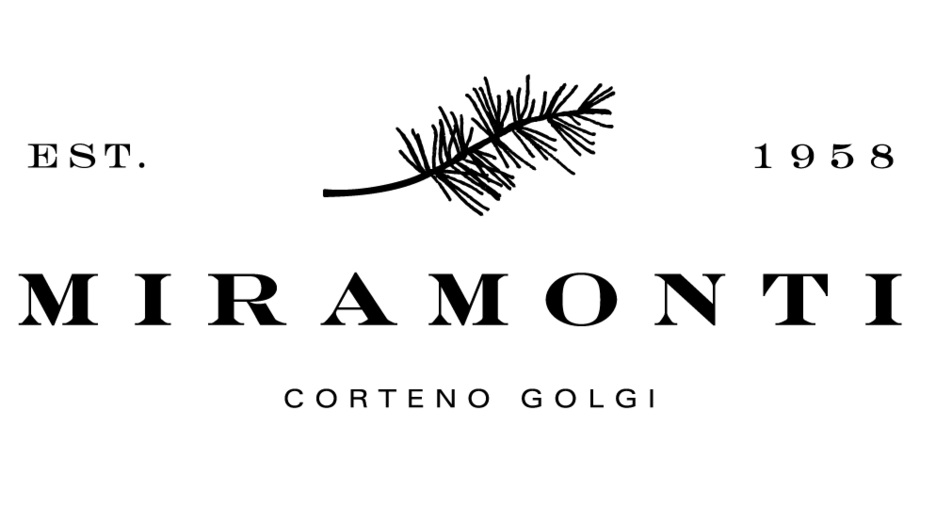The Rare and Wonderful Alpine Honeys
The Italian Alps, where Albergo Miramonti is located, is superabundant in unique ingredients – whether it is the world-renowned Porcini Mushroom, Alpine cheeses, Bresaola salumi and perhaps even the highly-sought truffle. But a fascinating product in the Northern region is high-mountain honey. Gathered at over 1,200 meters above sea-level, you can find three main types of honey; rhododendron honey, millefiori honey and lastly, fir honey. Without a doubt, honey produced in high-mountain altitudes is one of the best you could ever taste. However, cultivating this type of honey is considered to be extremely difficult, even if it’s a good season. But as a result, it generates a super unique and delicate flavour incomparable to any other honey. Continue reading to find out more.
“PRODUCED IN VALTELLINA”
Our Alpine Hotel is located in Brescia, but with just a short drive to the West, you will arrive at the Province of Sondrio. There are around 350 apiculturists with a total of 6,000 hives in the area alone, which is said to generate an annual average of about 78 tonnes of the sweet product! Valtellina itself is blessed with verdant valleys and high mountain pastures, that provide the perfect location to start cultivating some Alpine honey. In Lombardy cuisine, honey can be used in a whole variety of different ways. One of the most popular ways is through pairing potent cheeses like the local gorgonzola with the sweet flavour of honey. Furthermore, the honey can be used to make the popular Valtellina dessert ‘Torta di Noci e Miele’, which is essentially a cake made out of honey and walnut. Another notable dessert is ‘Coppetta’, which consists of a mixture of honey, sugar and nuts placed between two layers of thin wafer paper. Coppetta is an ancient dish enjoyed by Valtellinese for centuries. In the past, sugar was a luxury good in the local mountains, so it comes as no surprise the coppetta was only prepared for feasts, for instance in Bormio to celebrate Saint Lucy, in Sondrio for Saint Anthony, and Sondalo for Saint Agnes.
RHODODENDRON HONEY
Rhododendron is considered to be the most highly prized honey of them all. Rhododendron is an evergreen shrub that grows above the tree line in the Alps. Appearance-wise, it produces clusters of pinkish-red, bell-shaped flowers in the summer, also known as ‘Rosa delle Alpi’ or Rose of the Alps. The honey made from rhododendron is notably light and subtle. Do not be fooled by certain sources that rhododendron honey may be ‘poisonous’. There are many different types of rhododendron varieties in the world, about 700 to be exact. Out of all of those, there are only five that produce toxic nectar, and the R. ferrugineum of the Italian Alps is not one of them. The rhododendron is so well-loved that some people claim that it’s highly addictive!
FIR HONEYDEW
Fir trees are highly abundant all across the Alps, it forms extensive forests, beside beech and other conifer trees. While rhododendron and millefiori honey is produced by honey bees, ‘honeydew’ honey is made from the byproduct of aphids, small insects which form colonies on fir trees. The aphids consume the sap and produce sweet secretions, which are then collected and processed by bees. The honey made from fir honeydew has a very dark, near-to-black colour, which produced thick, aromatic honey which is said to be antibacterial!
MILLEFIORI
Millefiori, or ‘a thousand flowers’ in English is honey made out of Alpine wildflowers. Out of all these honeys, millefiori is the hardest honey to keep consistent. Millefiori is essentially made from flowers in a particular place at particular time, so in order to reproduce a jar, the honey farmer must take their bees to areas which have a similar mix of flora. Millefiori produces a rich, dark hue which provides strong aromas.
Why not stay at Albergo Miramonti? We are located within the Alps, with a Hotel Spa, relaxing Cigar Lounge and an Italian Restaurant that serves local Valtellina Cuisine.
For more articles about the Italian Alps and Northern Italy, read our blog:



